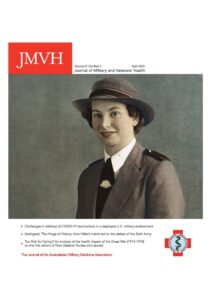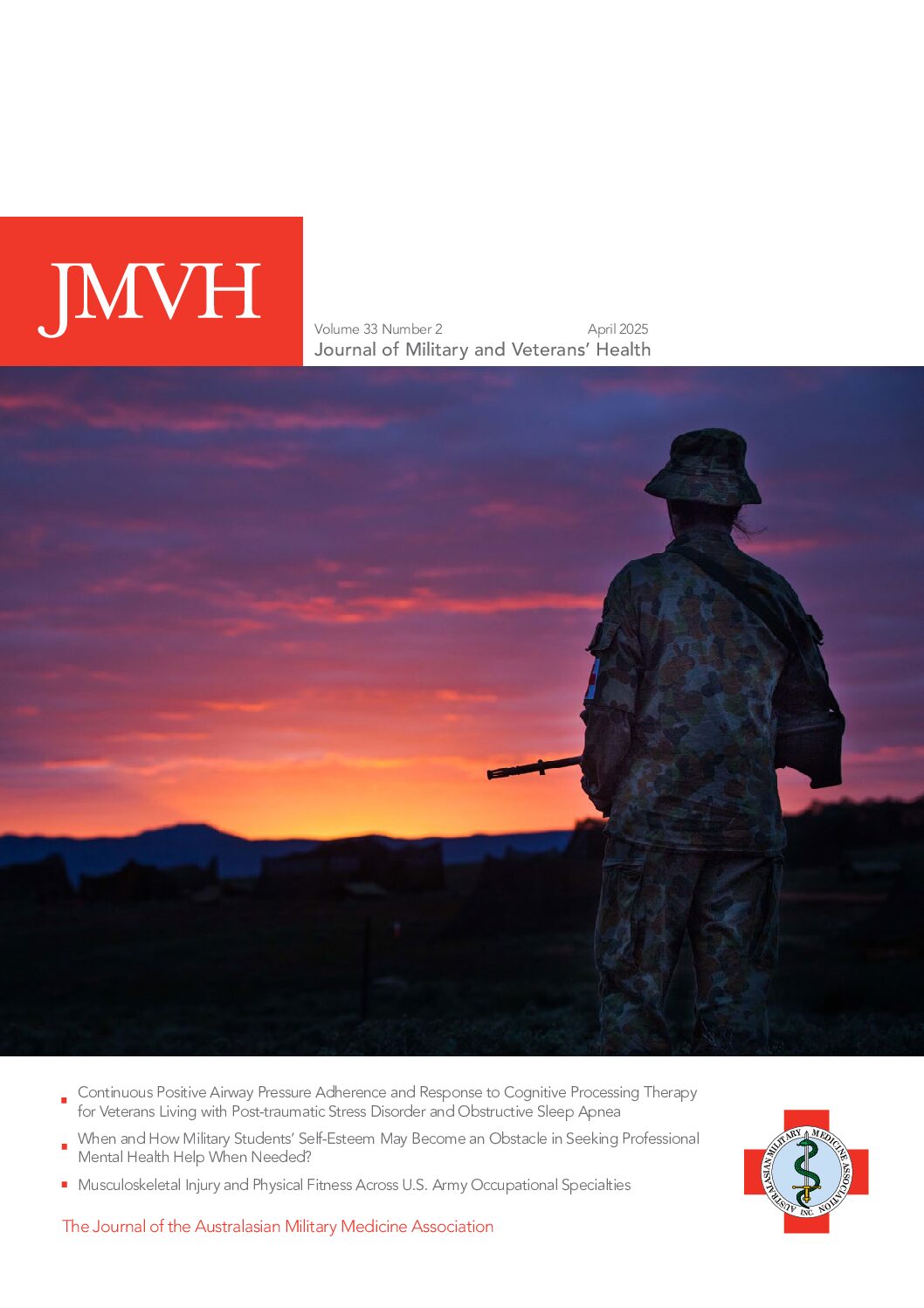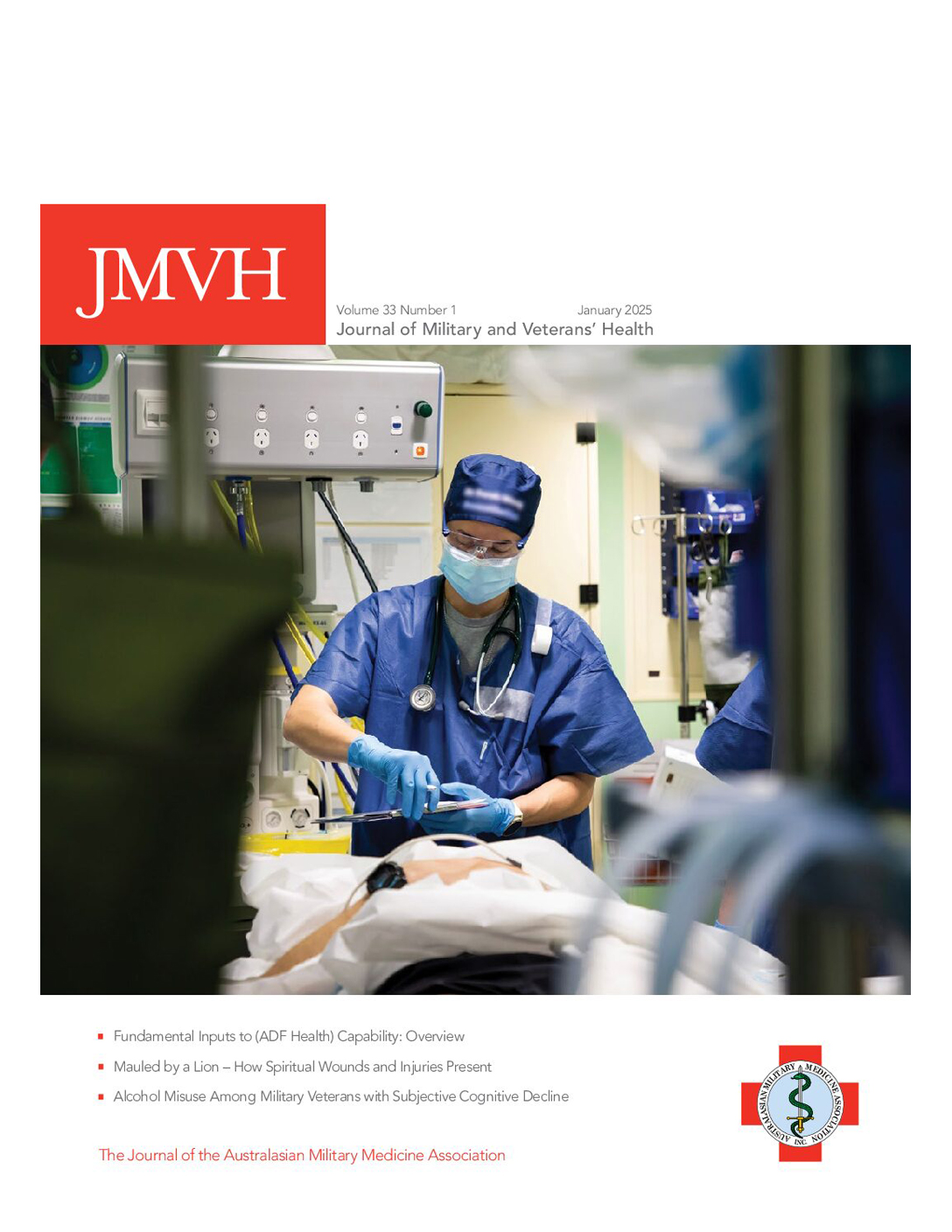Editorial – Artificial Intelligence (AI) in Military Medicine
Artificial Intelligence (AI) in Military Medicine The growth of AI chatbots, like ChatGPT, poses a range of challenges in preparing and publishing articles in journals, including JMVH. As an example, I asked ChatGPT to prepare a brief Editorial on the use of AI in military medicine with references, which is outlined below. While this is… Read more »




 Download the whole edition here.
Download the whole edition here.


